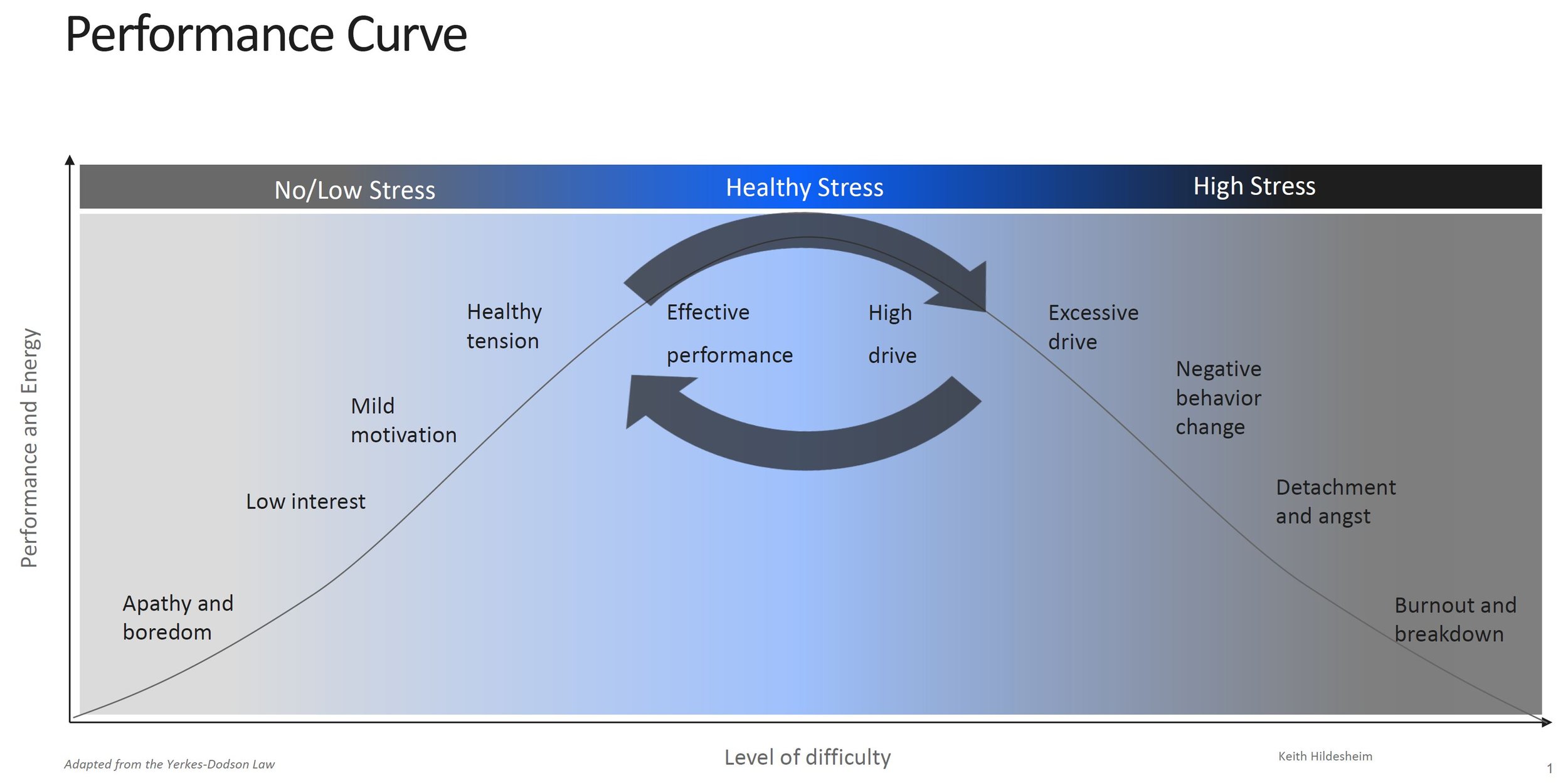Chris and Elecia bounce from topic to topic, discussing life and work and occasionally answering listener emails.
Python can format code into equations in Latex with Latexify (as noted in this tweet)
Interesting sensor: Sensing deep-tissue physiology via wearable ultrasonic phased arrays
Turing Complete - a listener-recommended logic gate puzzle game for Steam. In the past, we’ve also talked about Zachtronics’ TIS-100 which is similar and Shenzhen IO which is at the circuit level. Oh, and there is The Human Resource Machine by Tomorrow Corporation.
A listener recommended the Agile Embedded Podcast, particularly the episode on technical debt.
News that Rollercoasters are triggering iPhone 14 and Apple Watch Crash Detection led to a mentions of a blog post about debugging Fitbit’s issues with rollercoasters and accelerometers.
Visual Studio Code for embedded systems development:
Don’t forget the VSCode Code Spell Checker extension.
From the notes for Elecia’s class:
Where to buy small quantity prototyping components
Having looked for an OLED display part in Live Class, I wanted to put together a list of where you might want to look for components, especially for the prototype stage.
Adafruit and Sparkfun (and EMSL and a lot of other maker stores). If you are using their code as template or test code, look for their boards to see if you can use them.
Worldwide and large components distributors with local distribution:
Digikey is worldwide and they resell Adafruit and Sparkfun so if you don’t want to start with an “OLED” search on Digikey and sort through the results, well, you can start with easier prototype parts.
Farnell is a UK company though they have other names in other locations (Newark in the US and Element14 in Asia and Oceania). If they have your flag, you can probably get cheap shipping. Farnell is usually good for all of Europe.
RS Components is also new to me though they seem to stock Adafruit parts as well as general electronics. They have lots of distributors all over the world (including more in Africa than I usually see).
AliExpress is huge and worldwide, shipping from Asia. It is hard to find things but searching “Adafruit [part]” or “Sparkfun [part]” and you might find what you want… or a cheaper knockoff. Usually you want results in the Electronic Components and Supplies. Note: if it seems too good to be true it probably is.
UK has Pimoroni and Cool Components and OkDo resell Adafruit and Sparkfun as well as other pieces like BBC micro:bit and Raspberry Pi. These may work for European countries.
Seeed Studio has a wide variety of parts, the Grove and Components categories have parts that might be interesting. They deliver quickly and cheaply to Oceania and Asia.
DFRobot is new to me but looks great. It was recommended for folks in Asia and Oceania. Their parts are resold through Digikey, Arrow, Farnell (Newark).
Australia: Little Bird Electronics, Core Electronics, and Altronics
Transcript






